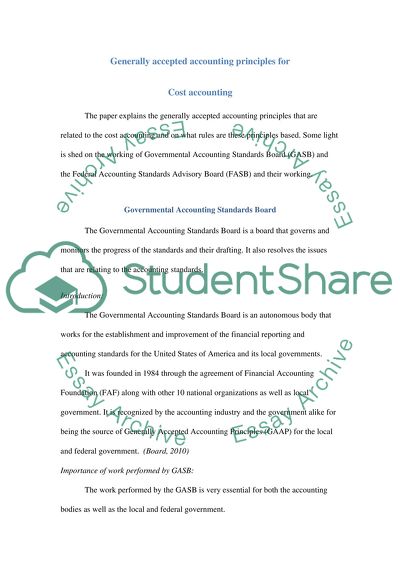Cite this document
(Generally Accepted Accounting Principles for Cost Accounting Case Study, n.d.)
Generally Accepted Accounting Principles for Cost Accounting Case Study. Retrieved from https://studentshare.org/finance-accounting/1576752-comparing-fasb-financial-accounting-standands-board-vs-gasb-governmental-accounting-standards-board
Generally Accepted Accounting Principles for Cost Accounting Case Study. Retrieved from https://studentshare.org/finance-accounting/1576752-comparing-fasb-financial-accounting-standands-board-vs-gasb-governmental-accounting-standards-board
(Generally Accepted Accounting Principles for Cost Accounting Case Study)
Generally Accepted Accounting Principles for Cost Accounting Case Study. https://studentshare.org/finance-accounting/1576752-comparing-fasb-financial-accounting-standands-board-vs-gasb-governmental-accounting-standards-board.
Generally Accepted Accounting Principles for Cost Accounting Case Study. https://studentshare.org/finance-accounting/1576752-comparing-fasb-financial-accounting-standands-board-vs-gasb-governmental-accounting-standards-board.
“Generally Accepted Accounting Principles for Cost Accounting Case Study”. https://studentshare.org/finance-accounting/1576752-comparing-fasb-financial-accounting-standands-board-vs-gasb-governmental-accounting-standards-board.


